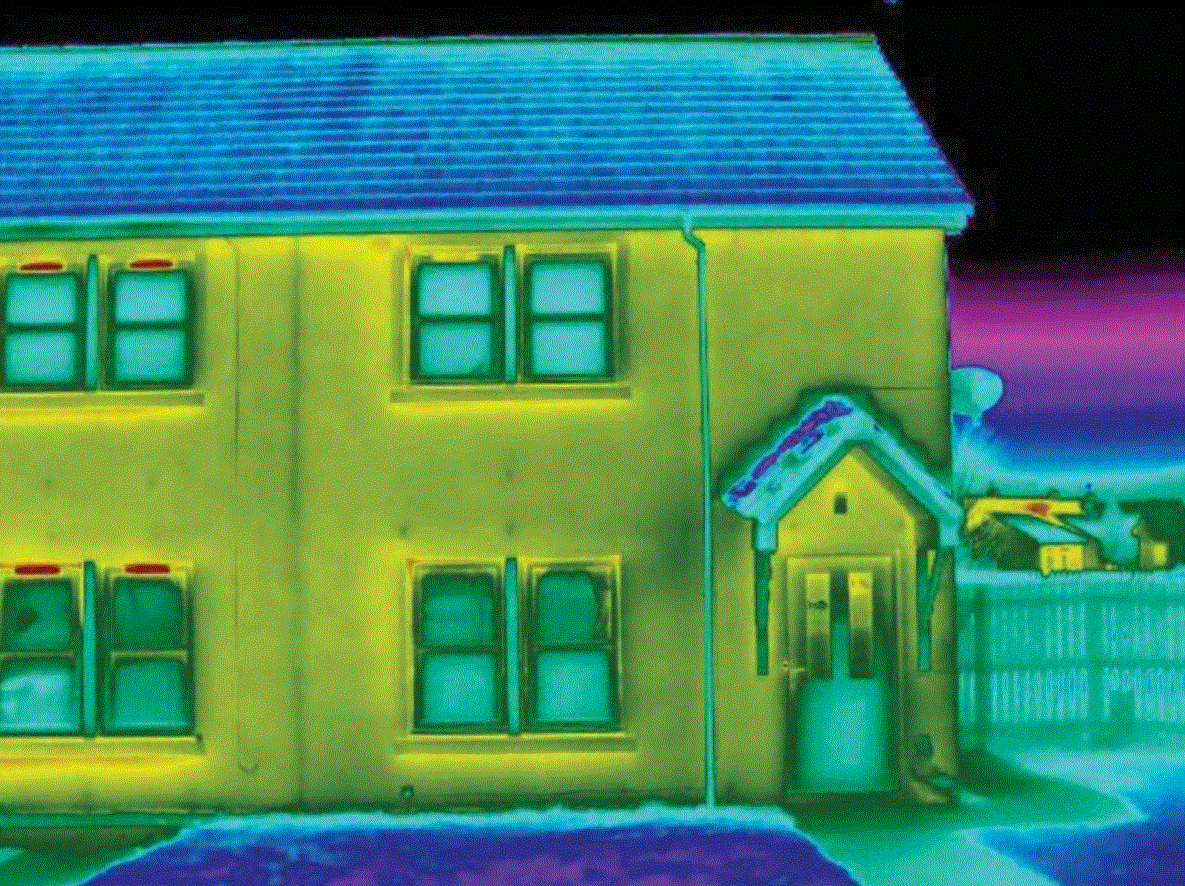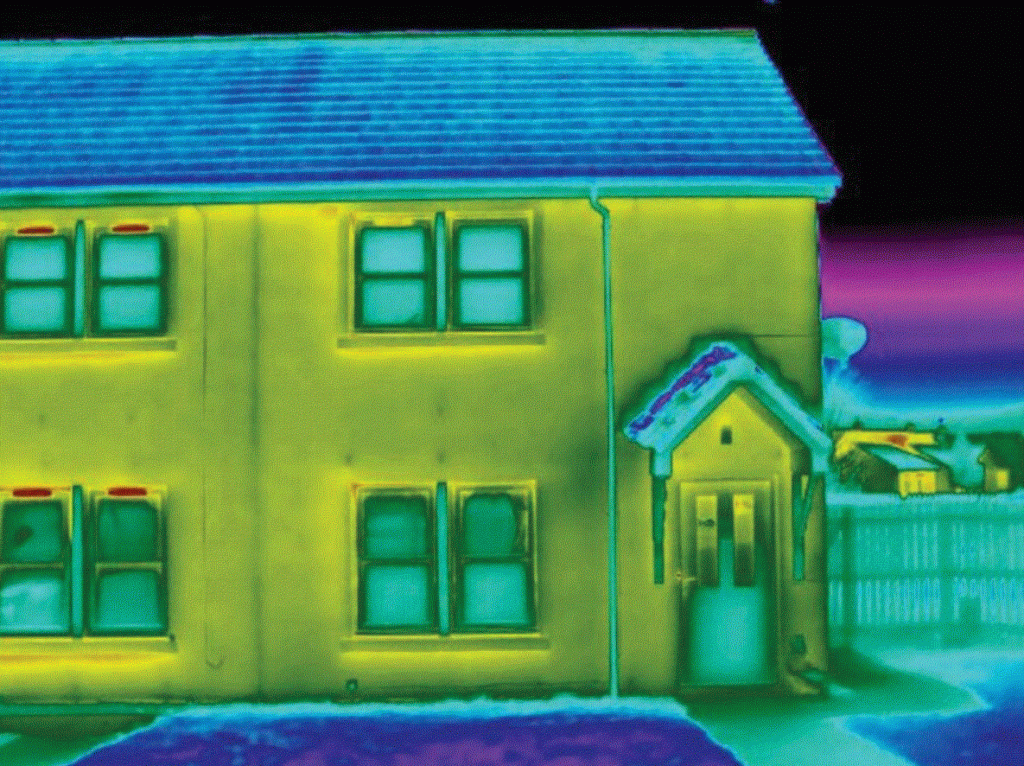Address
Unit F, Prospect Business Centre, Dundee, DD2 1TY
Work Hours
Monday to Friday: 08:30 - 17:00
Sat-Sun Closed.
Address
Unit F, Prospect Business Centre, Dundee, DD2 1TY
Work Hours
Monday to Friday: 08:30 - 17:00
Sat-Sun Closed.


Across the UK, housing providers are facing the challenge of how to upgrade housing stock to improve energy efficiency, making homes more affordable for residents, and supporting the UK’s net zero targets. This must be done while also ensuring that they are working to budget and getting the best results from any upgrades carried out.
In most cases, housing providers are at the very beginning of this journey, with knowledge of where they want to finish – with more sustainable and energy efficient housing – but often, how they are going to reach this end goal is unclear. The best way to map out the correct route is by using data, as this will give a science-led solution which will ensure any mitigations will have the biggest impact and provide the best value for money.
How can data do this? One of the reasons housing retrofitting can be so daunting is there are so many options; insulation, new windows and doors, PV roofing, heat pumps – these are just a few of the many solutions being presented along the way. Data allows you to create a full picture of what impact these would have on homes and plan accordingly.
When we talk about data what do we mean? As a starting point, providers need to know some key facts about their housing stock; address, EPC rating, age of property, and property type are the most basic pieces of information. More detail including weather data, type of heating and smart meter information is also helpful.
This will paint a clear picture of how energy efficient a home is, ideally this will then be built upon with a thermal survey. Using thermal imaging can give a full picture of a how energy efficient a home is, showing exactly where heat is being lost, identify any defects in insulation and risks such as damp.
Using software, this data can be used to build a clear picture of a property and what needs upgrading. This is why gathering this data is the most important stage of any retrofit project, as it informs the next steps.
With limited funding available it is vital that you are spending money in the right places, this is where data can be used to take out the guess work. There is a variety of software available on the market which can evaluate how different measures will impact homes, and the people living in them, providing detail such as bill reduction, impact on EPC rating and carbon emissions.
For example, on paper a heat pump might look like a good option for a home, however, in a house that is not properly insulated or has windows and doors which are not fit for purpose, a heat pump will push up the costs for the people living in it as the home will not hold the heat.
This is just one example of where solutions aren’t one size fits all. What needs to be done is a whole house retrofit – looking at every aspect of a home to ensure that everything is in place to make it warmer and more energy efficient. Also, a clear dashboard of benefits gives an opportunity to highlight the tangible benefits of any work, which can make getting consent to progress with works more straightforward.
The other daunting aspect of the current retrofit market is funding. With opportunities across different organisations to support this, there are several grants available, but it is a complex and constantly changing environment. By using data and software you can track the funding available in real time and make sure that opportunities which come up aren’t missed for you and your residents.
But different software offers different information, so make sure you are clear on what you want to learn from your data before you choose which product to use, this will ensure you get the best return for your investment.
Once you have this starting point you can progress on your journey, deciding which of the technologies or mitigations you are going to use, and pulling together a programme of work. By looking at the project across your entire stock there will be opportunities to group properties together to reduce cost and optimise delivery.
Also, with all the data on the home available you can begin to build this into the existing repairs and maintenance schedule, ensuring the project is delivered as economically as possible and reducing disruption to the people who live in the homes.
As we can see, in the complicated journey of improving energy efficiency of housing stock, what matters is the beginning– make sure you know your starting point before you choose your route. Look at your data and work out where the gaps are and how you fill them. This will see you remove risk, and ensure you are investing in the right solutions, resulting in real benefits to the people living in the homes.